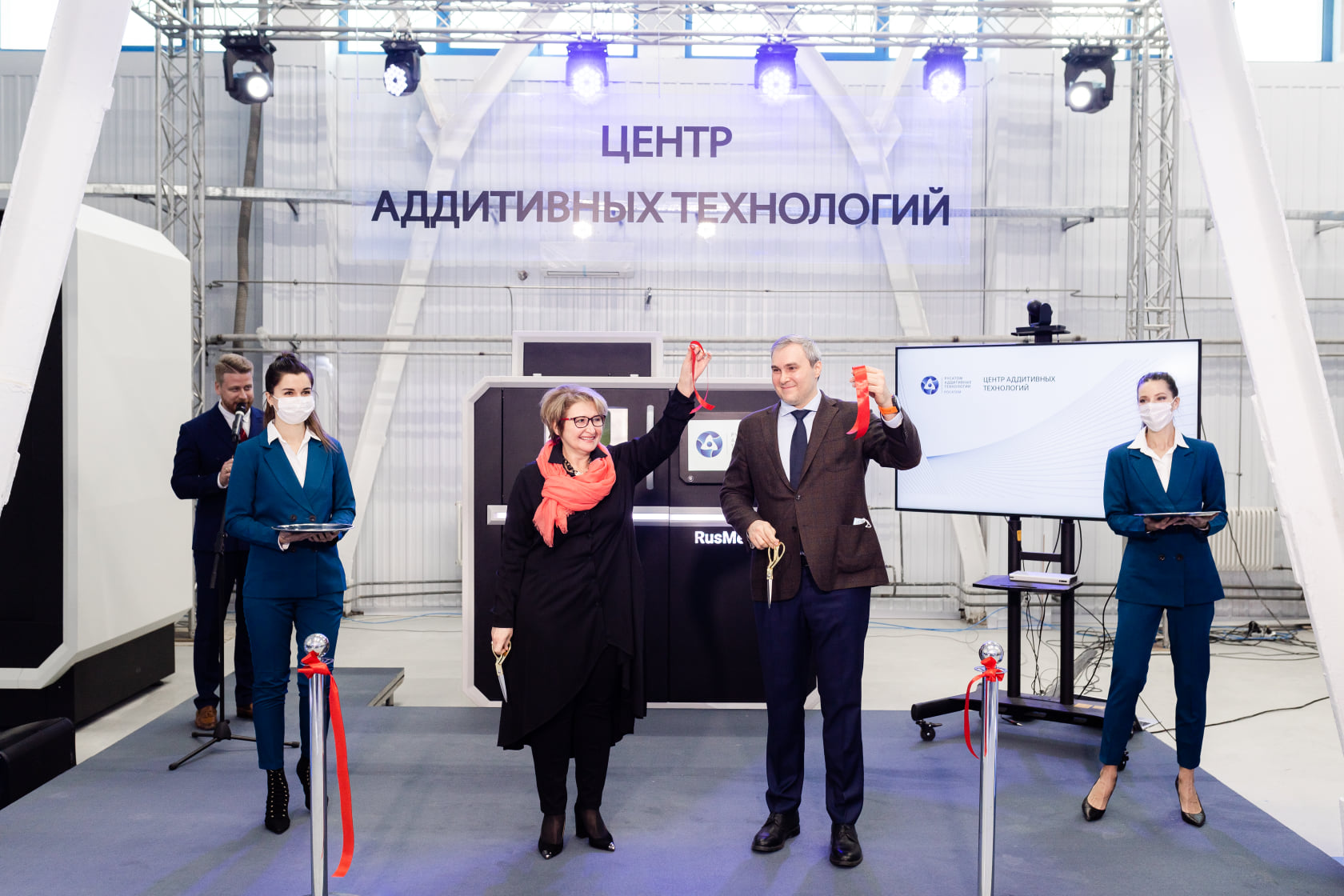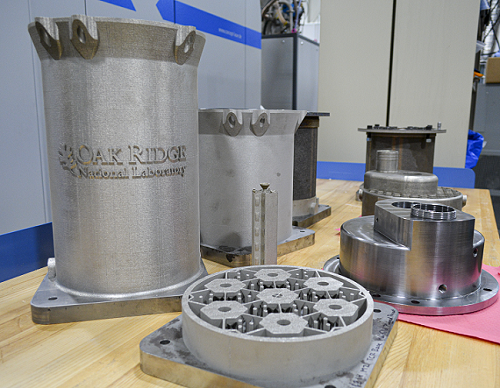Parties around the world continue to express their support for Ukraine as war there rages on. This has ranged from giant conglomerates such as McDonalds, Pepsi and Boeing to non-corporate outfits, like the largest healthcare union in the United States, United Healthcare Workers East. Even niche Reddit communities are taking part. Actions include statements of support, boycotting of Russian businesses, funding to Ukrainian organizations, and outright permitting calls for violence against Russians by Facebook and Instagram. When Lithuania refused to ship COVID vaccines to Bangladesh for not withdrawing support for Russia, it was hailed as a success by some internet users.
Meanwhile, backing Ukraine has also grown in our own additive manufacturing (AM) sector. After EOS and Zortrax decided to end business with the country, a contingent of companies in the industry issued a statement saying that they would no longer work with Russian customers and partners. Seven of them are actually EOS related, including EOS. AM Ventures, the VC fund of the company’s Langer family, is listed as are several of its investments: 3YOURMIND, DyeMansion, Incus, Headmade Materials, Cubicure, and Spectroplast.
While the humanitarian efforts spread on social media, it’s worthwhile to consider the actual economic effects of the boycott. There is obviously a precedent for the effectiveness of large-scale boycotts of national economies. Though South Africa imposed apartheid from 1948 onward, it took nearly 40 years for countries in the West to cut ties with the violently racist state. Even despite embargoes, U.S. and British intelligence continued to sell arms to South Africa to fight their colonial wars across the continent. The boycott and divestment campaign against the country didn’t gain traction until major Western nations, such as the U.S., got involved beginning in 1984. As South Africa experienced increasing capital flight, the exchange rate of the nation’s currency plummeted, rendering imports grossly more expensive and resulting in inflation rates of 12-15 percent annually.
Now that we’ve seen numerous powerful countries and transnational corporations cut ties with Russia, we can expect to see similar effects occur in the Federation’s economy. For additive, this may mean a significant weakening of the nation’s 3D printing program, which only began in earnest in 2020. Russia’s National nuclear company, Rosatom, established a significant roadmap for developing just about every additive manufacturing technology we’re used to at a rapid pace. This began with laser powder bed fusion (PBF) machines for metal components and was set to grow to include electron beam PBF as well as directed energy deposition for large scale metal parts. The goal, according to Rosatom’s newly founded additive subsidiary, RusAT, was to free the nation from relying on imports for AM equipment, particularly during supply chain struggles similar to those created by COVID.

Rusatom-Additive Technologies (RusAT) opened its first Additive Technologies Center (ATC) in Moscow. Image courtesy of RusAT
Presumably, the country obtained its previous technology from European and possibly Chinese manufacturers, where most metal PBF has been created. This would mean firms like EOS, SLM Solutions, GE Additive, 3D Systems, and Farsoon. With the boycott, these companies might lose a customer in Rusatom, but could also gain a competitive advantage in hindering the nation’s ability to use their machines while it develops its own. This may be of particular importance now, as 3D printing takes on an increasingly important role in nuclear energy, seen as one method for loosening the grip of fossil fuels on global society. A kick at Russia’s 3D printing heel not only inhibits its capacity for a local AM sector, but also for continuing its dominance in the field of nuclear energy. Rosatom, which is also key to the country’s nuclear weapons, represents 76% of global nuclear technology exports. As of December 2020, this included 35 nuclear power plant units at various stages of development across 12 countries.

ORNL scientists have selected and optimized a design for printing over a three month period, demonstrating the ability to rapidly produce a prototype nuclear reactor core. Credit: Brittany Cramer, ORNL, US Dept. of Energy
A hindrance to Russia’s Additive capabilities could actually have the opposite effect by leaving Russia little recourse but to invest further in native AM development—that is, unless it is able to purchase equipment from China, who could come out on top in this whole scenario. Non-Russian and Federation parties alike could turn to the People’s Republic to make up for lost business. Perhaps, this is really all about ushering in the first century of China as the seat of the global hegamon and the last century of Earth as a functioning ecosystem. Meanwhile, ordinary people across all of the countries are exposed to the whims of their leaders and the global economic market, occasionally raising the quality of life in Global North consumer regions and always at the expense of the Global South and the planet.
Obviously the civilian casualties, now reaching over 500 individuals, are atrocious, as are the deaths now occurring in Yemen, Syria, Palestine and other nations. The war itself is actually more nuanced than given credit by mainstream and social media, as the conflict began at least as far back as 2014 when the U.S. supported the overthrow of the Russia-favored government. Continued support for far-right elements has generated significant bloodshed and destruction in the Donbas region, where two states have voted for independence. Amid shelling from Ukrainian forces, these states requested support from the Russian government on February 23,2022, according to Russia. Framed as an invasion by Western media, this “special military operation,” as the Russian government put it, the war has now grown to the brink of nuclear war as the threat of NATO involvement looms.
For good reason, civilians around the world want the conflict to end. Some of humanity’s greatest kindness is on display, with Europeans—who may have previously neglected the plight of so-called “economic migrants” from African and Muslim nations—willing to provide shelter to Ukrainian refugees. Again, we have to wonder how much cultural relativism is being deployed here and whether or not boycott and divestment will extend to other international and international conflicts. If so, there are plenty of stones being thrown at glass houses in our industry and beyond. This also should lead us to ask, when it comes to these economic strategies, are there other motivations at work? Is it really possible that J.P. Morgan and Goldman Sachs are pulling out of the country for humanitarian reasons?
Subscribe to Our Email Newsletter
Stay up-to-date on all the latest news from the 3D printing industry and receive information and offers from third party vendors.
You May Also Like
3D Printing News Briefs, November 9, 2024: Concept Car, Afloat 3D Printing, & More
In today’s 3D Printing News Briefs, we’ll start with business, as Anisoprint appointed AM industry veteran Tuan TranPham as President of the Americas and APAC. Then we’ll move onto automotive...
UpNano Lands €7M to Advance 2PP 3D Printing
Known for its hardware that can 3D print microscopic structures, UpNano has become an ally for industries like biomedicine and electronics. Now, the Austrian startup has landed a capital boost...
Zero Gravity, Big Impact: Ken Savin Talks Redwire’s Space Bioprinting Breakthroughs
In space, microgravity isn’t just a challenge—it’s an advantage. Redwire, known for pioneering space-based biomanufacturing, made history by sending the first bioprinter to the International Space Station (ISS) in 2019....
Boston’s Additive Edge: Engineering Heartbeats at Boston University’s Cutting-Edge Labs
At the crossroads of engineering and biology, Boston University (BU) is forging a new frontier in medical innovation. Within its state-of-the-art Chen and White Labs, researchers are pioneering breakthroughs in...



































